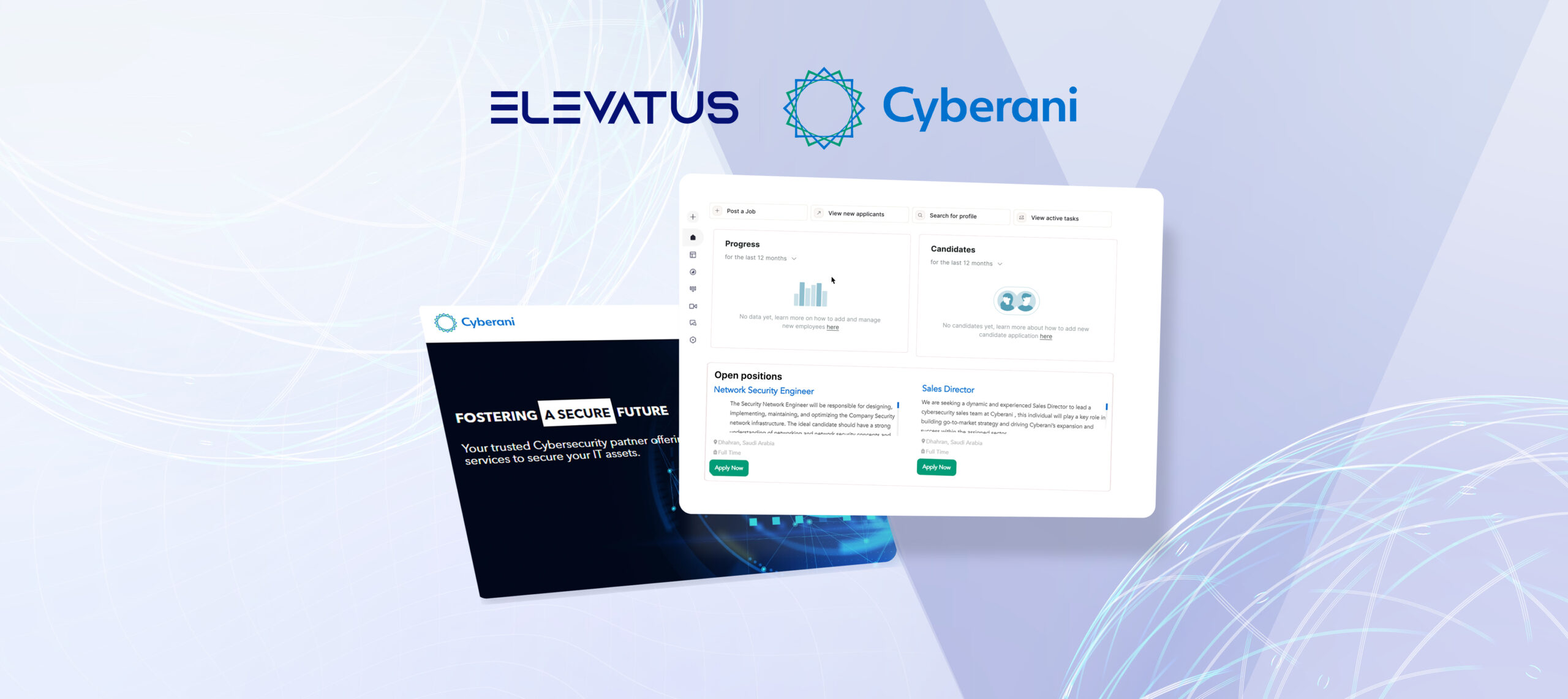
What is a good employee turnover rate?
September 21, 2023
Reem Al-Tamimi
Content Writer
A good employee turnover rate is generally around 10% or lower, showing that 90% or more employees are staying. Striving for this goal helps keep the workforce stable, people happy in their jobs, and things running smoothly. But if the turnover rate goes above 10%, it might mean not having enough staff, which can make work harder and more stressful for everyone.
How can you maintain a good employee turnover rate?
Maintaining a carefully controlled and good employee turnover rate is crucial for the stability and advancement of your organization. While there isn’t a universal ideal number, striking a harmonious turnover balance supports both keeping valuable employees and bringing in new skills. It’s wise to look at industry standards, the caliber of employees, and reasons for departures to refine your strategy. Here’s how to ensure a positive turnover rate:
- Industry Comparison: Compare your turnover rate with industry averages to gauge its health. Different industries have varying benchmarks due to factors like compensation, opportunities, and economic conditions.
- Quality over Quantity: Evaluate turnover based on employee performance. While losing underperforming staff can be beneficial, excessive turnover among valuable employees can lead to disruptions.
- Circumstantial Analysis: Consider the circumstances surrounding departures. Focus on proper handovers and transitions, especially for key positions, to minimize disruptions caused by sudden exits.
- Monthly, Quarterly, and Annual Analysis: Calculate turnover rates periodically to identify trends and patterns. Adjust resources for hiring and training based on consistent turnover data.
- First-Year Retention: Monitor the proportion of employees leaving before their first year. High rates might indicate underlying issues that require attention.
- Employee Feedback: Gather input from departing employees to understand their reasons for leaving. Use insights to implement changes that enhance retention, such as competitive pay or flexible work arrangements.
- Resource Planning: Utilize turnover data to forecast recruitment needs and allocate resources accordingly, ensuring uninterrupted workflow during staff changes.
- Balanced Approach: Strive for a turnover rate that minimizes disruptions, fosters growth, and aligns with your organization’s goals and values.
What are the advantages of monitoring your turnover rate closely?
Carefully monitoring your turnover rate provides valuable insights into employee satisfaction, the well-being of your organization, and the effectiveness of your staffing. This practice aids in recognizing possible concerns, facilitates proactive problem-solving, and nurtures a steadfast and motivated workforce. Consistently analyzing turnover data empowers informed decision-making to improve retention strategies and achieve overall operational success.
Turn top talent to employees fast
Hire, assess, onboard and manage top talent for every job. See how Elevatus streamlines everything; from acquire to new hire.
Request a demoAuthor
Reem Al-Tamimi
Don't miss a thing!
Stay one step ahead. Subscribe and get the latest updates, news, and insights from Elevatus straight to your inbox.





